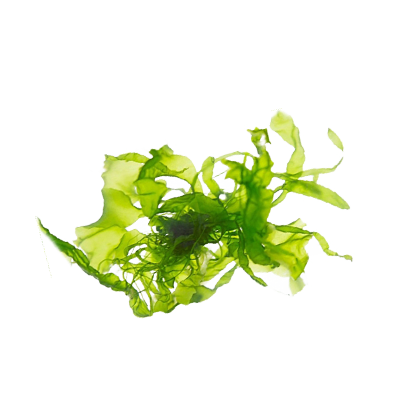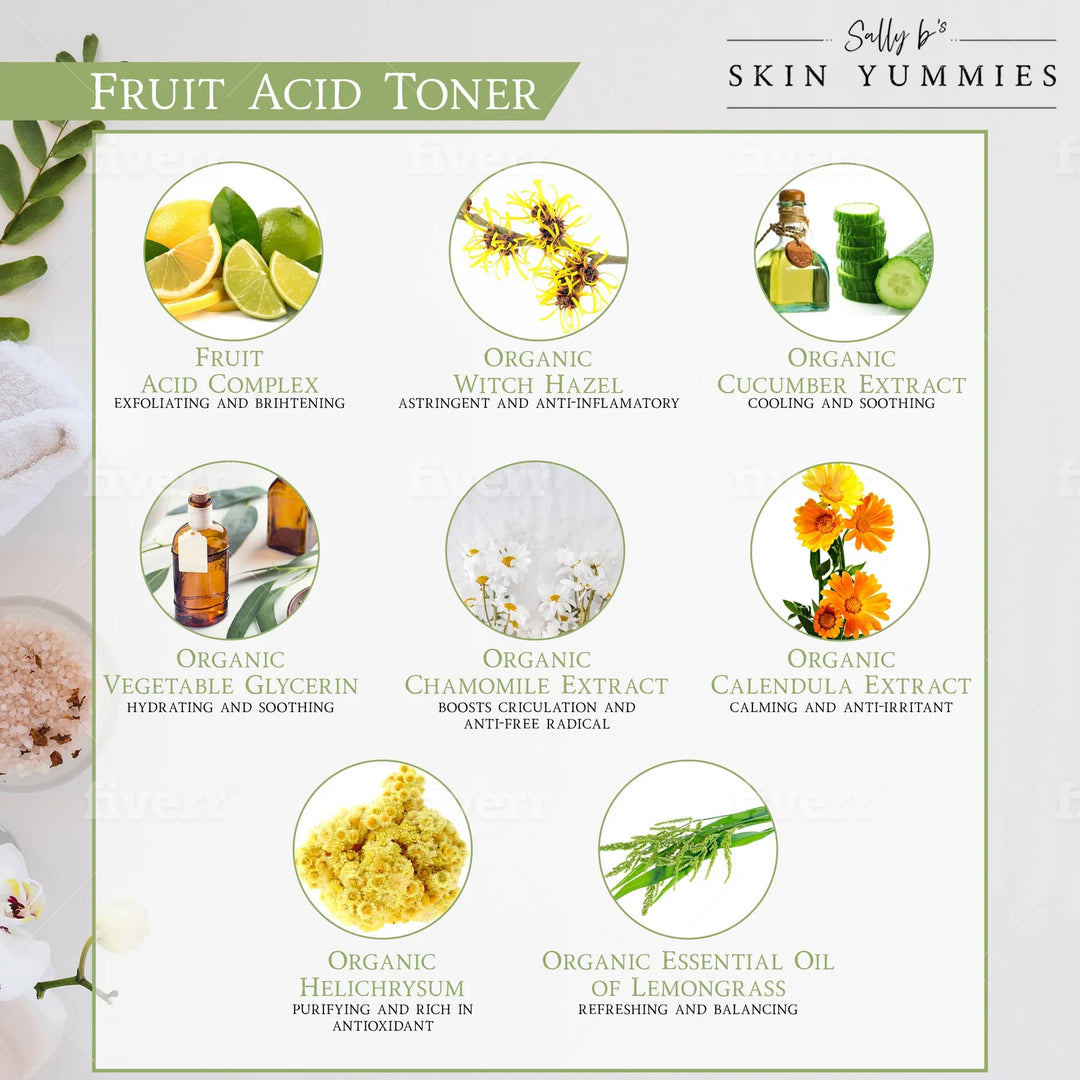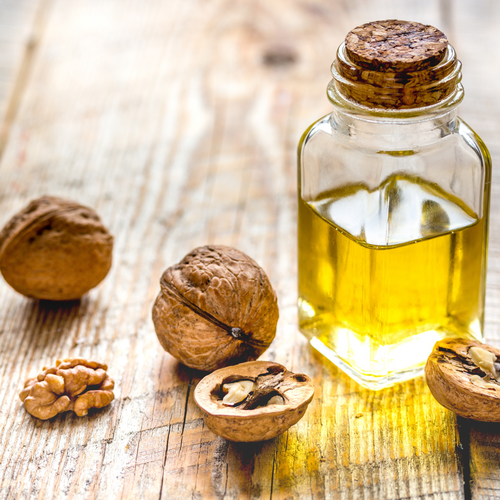Natural Skincare Alternative for Petroleum Jelly
Let’s say you visited a friend and decided to be a little nosy. No matter their age, what product would you most likely find in their medicine cabinet?
Toothpaste. But after that, it’s probably petroleum jelly. For decades, people have used it to moisturize lips, remove makeup, heal wounds, and soothe diaper rash. But did you know that, despite its long list of uses, it may not be that great for you?
Like the name suggests, petroleum jelly (petrolatum) is derived from petroleum, a toxic crude oil, making it neither sustainable nor eco-friendly. When properly refined, petrolatum is considered to have no known health concerns. However, according to the Environmental Working Group (EWG), petrolatum produced in the U.S. is often not fully refined, which means it can be contaminated with toxic chemicals called polycyclic aromatic hydrocarbons (PAHs). PAHs, as highlighted by the Agency for Toxic Substances and Disease Registry (ATSDR), are linked to various long-term health effects, including cataracts, liver and kidney damage, respiratory issues, immune system suppression, and even an increased risk of cancer through skin absorption .
There’s a good reason why people still use petroleum jelly: it has the unique ability to lock itself into place between cells in our lipid barrier. While petroleum jelly has no moisturizing properties of its own, it forms an impermeable barrier that traps moisture underneath. However, this also means that dirt, sweat, and bacteria are sealed in too. Furthermore, this barrier prevents the absorption of other beneficial skincare products. According to a study published in the Journal of Investigative Dermatology, while petroleum jelly creates an effective occlusive layer, it doesn’t allow moisture from other products to reach the skin .
 Natural Alternatives to Petroleum Jelly
Natural Alternatives to Petroleum Jelly
Thankfully, nature offers us plenty of safe and effective alternatives to petroleum jelly. Plant-based oils and butters like coconut oil, olive oil, and shea butter not only moisturize the skin but also provide it with essential nutrients and antioxidants.
-
Coconut Oil: Studies published in the Journal of Dermatology show that coconut oil is an excellent moisturizer, with added antimicrobial and anti-inflammatory properties. It's also been found to be effective for treating skin conditions such as eczema .
-
Shea Butter: Rich in vitamins A and E, shea butter is a powerful natural alternative to petroleum jelly. Research from the American Journal of Life Sciences highlights shea butter’s ability to provide long-lasting hydration and reduce inflammation, making it especially beneficial for irritated or sensitive skin .
-
Olive Oil: Known for its high content of antioxidants and anti-inflammatory properties, virgin olive oil is another excellent natural substitute. Its rich supply of oleic acid and vitamins makes it a great moisturizer that also helps in skin regeneration, according to a study in Phytotherapy Research .
Here are some tips to avoid petroleum jelly in your skin care routine:
- Avoid mineral oil, paraffin, petrolatum, naptha, and formaldehyde. These ingredients are all derived from petroleum
- Many candles are made from petroleum-derived ingredients as well. Lighting a candle with these ingredients can allow them to be inhaled, so look for candles made from soy instead.
- Look for products that are made with eco-friendly natural alternatives to petroleum jelly. Products made with natural petroleum jelly alternatives like coconut oil, olive oil, shea butter, and cocoa butter will moisturize and hydrate your skin naturally.
At Sally B’s’, we love multitaskers: versatile products that can be used at any age for a variety of applications. That’s why we created B Soothed Moisturizing Balm, a natural, EWG VERIFIED™ alternative to petroleum jelly made from organic oils and sustainable, organic beeswax. B Soothed is a mild, safe, and effective organic alternative to petroleum jelly with no added fragrance. It has a very mild scent from the organic ingredients themselves. It has so many uses:
- Diaper rash ointment
- Burn and blister relief
- Overnight lip moisturizer
- Razor burn relief
- Moisturizes dry skin
- Softens rough patches
- Soothes even the most sensitive of areas
Petroleum jelly is also used in a lot of personal care products, especially lip balms - just think of how easily it can be ingested! Try our Lip Yummies, Lip Skinnies and B Glossy Lip Gloss to get the same results without the toxic ingredients.





I have been using Sally B’s B Soothed Balm for over a year now. I mostly use it on my feet as that is where I used to use petroleum jelly. B Soothed is so much more effective in keeping my feet hydrated and smooth. I also use is on my elbows and lips. I love it and would recommend it to anyone who wants a safe and effective product.
Leave a comment